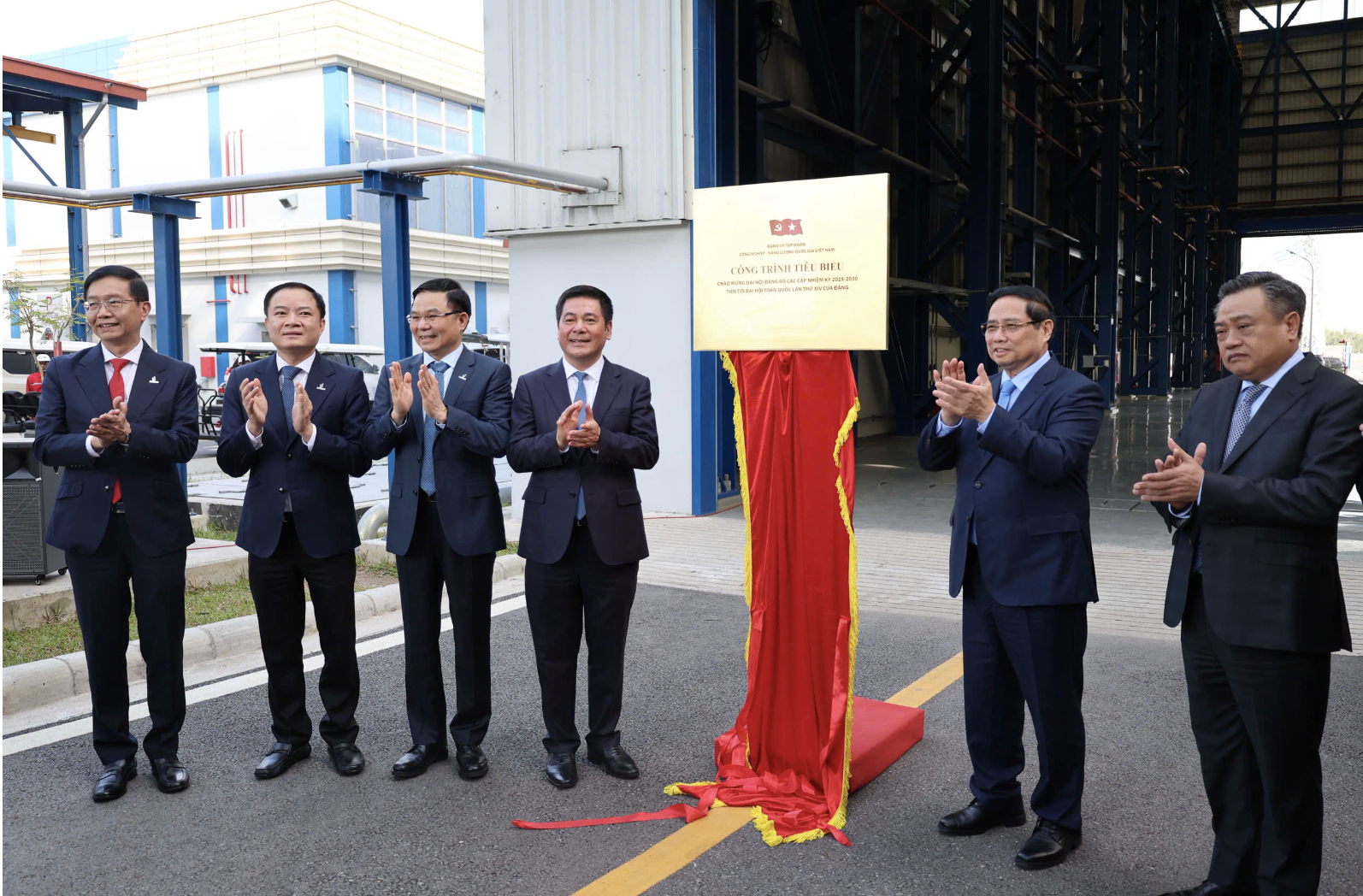
Prime Minister: Nhon Trach 3 & 4, a flagship model of Viet Nam’s stature
19:05 | 23/03/2025 21:02 | 14/12/2025Industry
Recognized twice by UNESCO as a World Cultural and Natural Heritage Site, Ha Long Bay is an invaluable asset on multiple levels: cultural, natural, economic, and social. Among these, its intangible cultural heritage is considered the true “treasure” that defines Ha Long Bay’s unique charm. But how can this treasure be preserved and effectively promoted in the modern era?
The intangible “treasure” of Ha Long’s cultural heritage
During a recent visit to Cua Van Fishing Village, we were particularly impressed by the Cua Van Floating Cultural Center, often referred to as a “floating museum”. Housing over 1,500 documents, images, and artifacts, the center vividly depicts the material and spiritual lives of fishermen in Ha Long Bay, both past and present.
While we were immersed in the fishermen’s sea chants, foreign tourists nearby enthusiastically took part in hands-on experiences such as making fishing tools and dragon boat racing. Laughter, voices, and the rhythmic splash of paddles resonated across the tranquil blue waters.
Spending enough time exploring Ha Long Bay reveals that its allure for domestic and international visitors extends far beyond the shimmering water, mystical limestone karsts, or the beauty of its unique caves. The Bay’s true magnetism lies in its intangible cultural values, the very soul and cultural depth that distinguish one of the world’s most magnificent bays.
Mentioning Ha Long Bay is to recall the folktales and legends tied to sites like Hon Trong Mai or Sung Sot Cave; the traditional fishing practices passed down through generations; and the festivals and spiritual beliefs that reflect the maritime community’s inner life such as the Ba Men Temple Festival, Tran Quoc Nghien Temple Festival, Bach Dang Festival, and Boat-launching and Rowing Festivals.
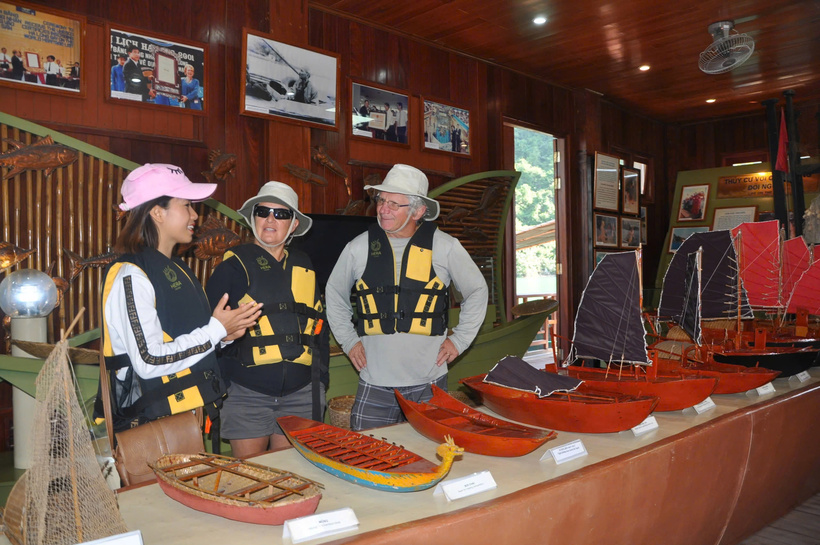
Cua Van Floating Cultural Center attracts international tourists with its distinctive intangible cultural values.
Notably, among the 1,969 islands that make up Ha Long Bay, about 40 are inhabited, forming a vibrant cultural mosaic where traditional practices have been preserved for centuries. These include sea chants (ho bien), folk verses (ve), wedding songs, and love duets, particularly the Cheo Duong and Giao Duyen singing styles unique to Ha Long Bay.
Youth and digital technology - The bridge for transmitting intangible cultural values
Recognizing the value of Ha Long Bay’s intangible cultural heritage, recent years have witnessed encouraging efforts from both central and local authorities to safeguard and revitalize it.
However, mobilizing resources and fostering community engagement to ensure sustainable and meaningful preservation remains a challenge. Beyond the dedication of researchers, collectors, scientists, and cultural managers, it is time to acknowledge the pivotal role of young people as the “vanguard force” and the transformative impact of digital technology in preserving and promoting Ha Long’s intangible cultural heritage.
According to the Vietnam National Committee on Youth (2023), Vietnam currently has over 22.1 million young people, accounting for 22.5% of the national population. In Quang Ninh Province alone, there are over 267,000 youths aged 16 - 30, representing 18.9% of the provincial population.
With their natural affinity for technology and communication, young people are a powerful force in leveraging modern media tools to promote traditional culture across digital platforms. Rather than merely recreating traditional practices, their creativity can integrate modern elements, embedding intangible heritage into tourism through innovative products such as re-enacted fishermen’s weddings or live folk singing performances on boats. They can modernize folk melodies, infuse traditional motifs into fashion and handicrafts, thereby giving heritage a renewed vitality and generating economic value.
In practice, Quang Ninh has already deployed numerous smart tourism and mobile applications to bring Ha Long Bay closer to global audiences. These platforms provide not only destination information, itineraries, and services but also access to festivals, customs, folk arts, and digital media showcasing intangible cultural heritage.
Nevertheless, to truly rejuvenate and adapt intangible heritage to modern life and sustainable tourism, digital transformation must go further—creating a permanent data repository for both Ha Long Bay and Vietnam’s broader intangible heritage. Integrating heritage content into school curricula can raise community awareness and foster cultural appreciation among the younger generation.
Promising approaches for heritage preservation and promotion are becoming increasingly digital and interconnected. These strategies include digitizing folk songs, rituals, and legends to ensure their accessibility and longevity. Simultaneously, the creation of 3D digital archives for traditional artifacts, costumes, and tools provides a comprehensive and authentic view of tangible heritage. A crucial step involves developing scientific databases that categorize heritage by themesuch as performing arts, festivals, or traditional crafts and integrating them into Big Data systems for better management and analysis. Finally, assigning QR codes to each heritage item allows for real-time access to information by the public and researchers directly at cultural sites, fostering a more direct and dynamic connection with the heritage.
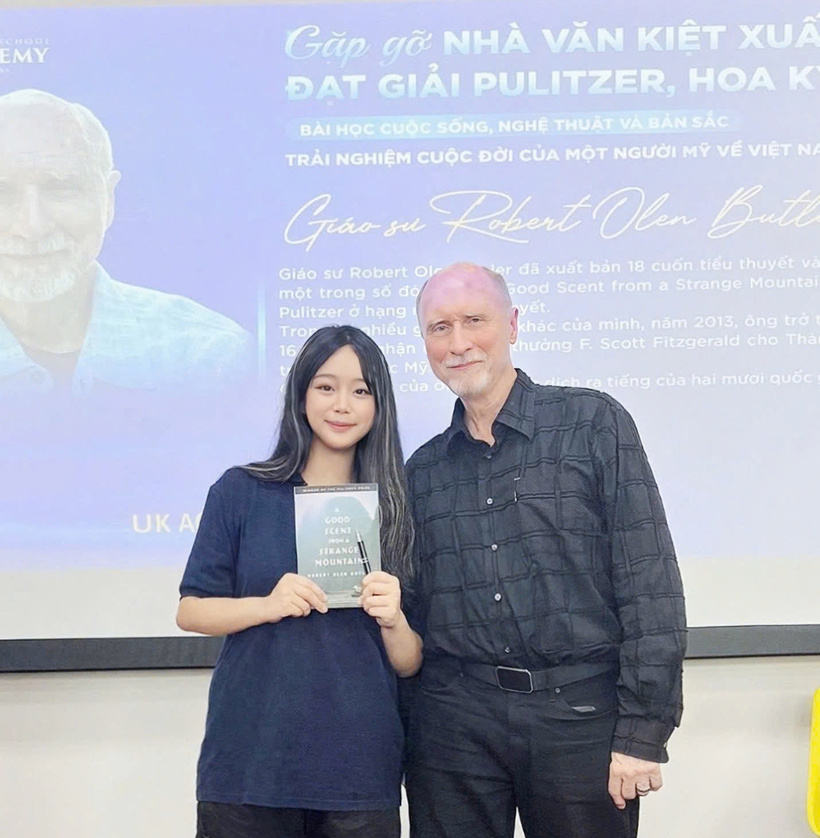
The author with Robert Olen Butler, the Pulitzer Prize-winning American novelist whose book, “A Good Scent from a Strange Mountain,” about the lives of Vietnamese people, greatly.
Technology can also transform heritage into immersive tourism experiences for instance, Virtual Tours allowing visitors to explore fishing villages or attend love duet performances from anywhere; using Augmented Reality (AR) to recreate historical events, legendary figures, or festivals in dynamic 3D; and designing E-learning modules and online courses about Ha Long’s fishing traditions and prehistoric cultures (Soi Nhu, Cai Beo, Ha Long) for schools and global audiences.
Given these digital imperatives, it is the younger generation, those born into the digital age, who are best positioned to carry the torch. If earlier generations were the creators and custodians of heritage, today’s youth are its innovators, harnessing technology to ensure Ha Long’s cultural legacy thrives sustainably in the modern world.
Achieving this requires strategic policies and incentives to engage youth participation, alongside expert evaluation from researchers and cultural authorities. The goal must be to balance technological innovation with authentic preservation, preventing distortion or excessive commercialization of the unique intangible cultural values that define Ha Long Bay - the World Natural Heritage site.

19:05 | 23/03/2025 21:02 | 14/12/2025Industry
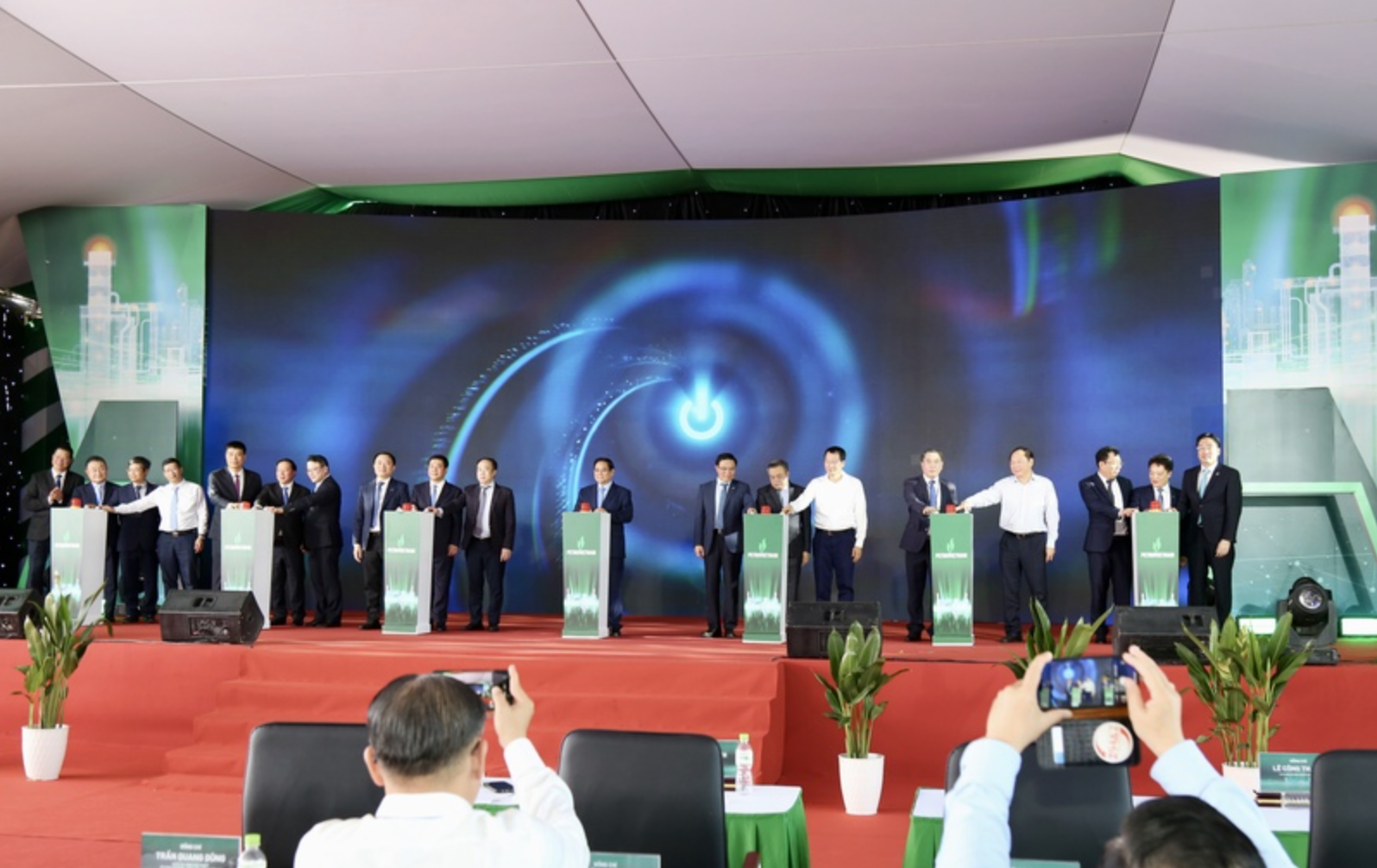
19:05 | 23/03/2025 20:47 | 14/12/2025News and Events

19:05 | 23/03/2025 15:35 | 14/12/2025Trade

19:05 | 23/03/2025 23:18 | 12/12/2025Tourism
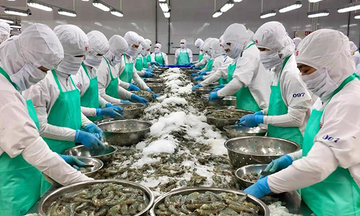
19:05 | 23/03/2025 23:04 | 12/12/2025Trade